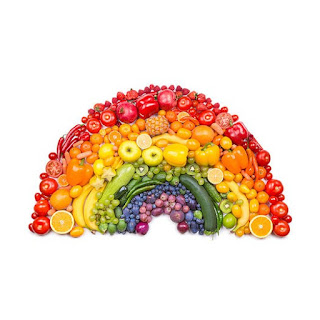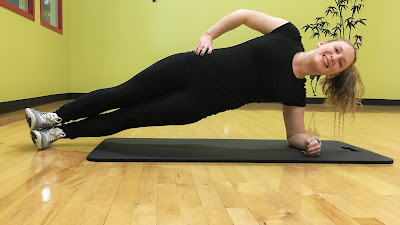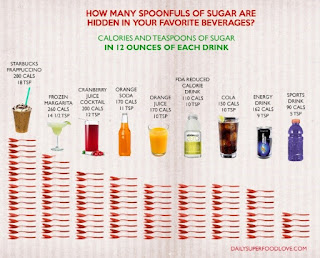Staying hydrated is essential for overall health, particularly during physical activities. Understanding the best options for hydration and how much water to drink can help you make informed choices.
General Hydration Tips
- Drink water regularly, even if not thirsty.
- Include water-rich foods like fruits and vegetables in your diet.
- Be mindful of hydration needs during exercise and hot weather.
- Limit caffeine and alcohol, as they can cause dehydration.
Coconut Water vs. Sports Drinks
Coconut Water:
- Natural electrolytes: potassium, sodium, calcium, magnesium, phosphorus.
- Low in calories and free from artificial additives.
- Ideal for moderate exercise.
Sports Drinks:
- Formulated with added electrolytes, carbohydrates, and sometimes protein.
- Designed for intense workouts to replenish energy and aid muscle recovery.
- Can quench thirst better during high-intensity activities.
Dehydration and Medical Conditions
Exercising with conditions like diabetes or heart disease requires careful hydration. Dehydration can worsen these conditions, so drink fluids before, during, and after exercise. Recognize dehydration signs like dry mouth and dizziness.
How Much Water to Drink
Your water intake should be based on your size, activity level, and environmental conditions. A general guideline is:
- Men: On average about 3.7 liters (125 ounces) per day.
- Women: On average about 2.7 liters (91 ounces) per day.
During exercise, drink:
- 17-20 ounces of water 2-3 hours before working out.
- 8 ounces 20-30 minutes before starting.
- 7-10 ounces every 10-20 minutes during exercise.
- 8 ounces within 30 minutes after exercising.
- 16-24 ounces for every pound of body weight lost during exercise
Blog by FitPlan Trainer Erin Womboldt





















